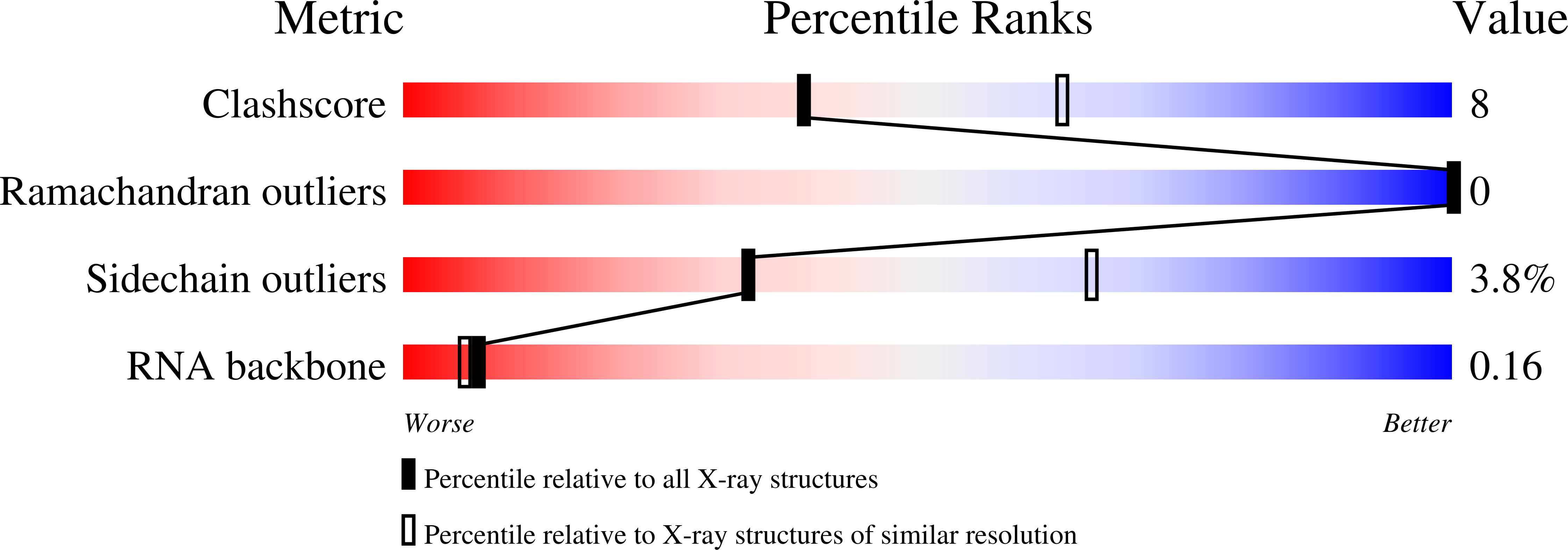
Deposition Date
2021-03-01
Release Date
2021-08-11
Last Version Date
2024-01-31
Entry Detail
PDB ID:
7NQ4
Keywords:
Title:
Human tRNA guanine transglycosylase (TGT), RNA-bound covalent intermediate
Biological Source:
Source Organism:
Homo sapiens (Taxon ID: 9606)
synthetic construct (Taxon ID: 32630)
synthetic construct (Taxon ID: 32630)
Host Organism:
Method Details:
Experimental Method:
Resolution:
2.88 Å
R-Value Free:
0.24
R-Value Work:
0.21
R-Value Observed:
0.21
Space Group:
C 1 2 1


